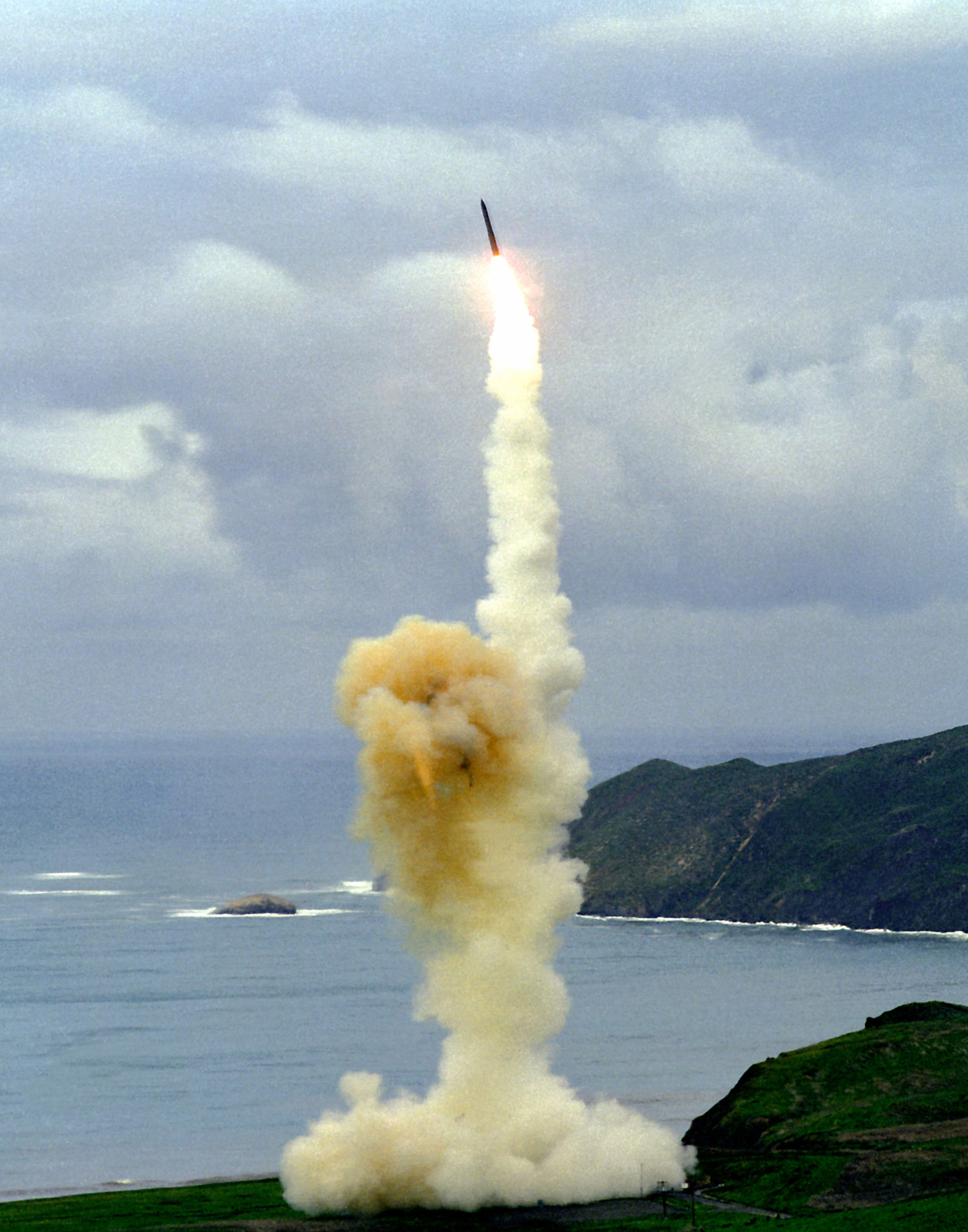
Set aside your latest horror novel and forget the terror from the Hollywood blood and gore machine. What follows is a true tale of existential horror.
It’s a story of potential catastrophic human error, aging and obsolete technology, testosterone-fueled brinkmanship, volatile rhetoric and nuclear annihilation.
Written by Eric Schlosser over at the New Yorker. He is author of “Command and Control: Nuclear Weapons, the Damascus Accident, and the Illusion of Safety”.
I wonder if the command and control infrastructure serving the U.S. nuclear arsenal has since been upgraded so that the full complement of intercontinental ballistic missiles can be launched at a whim via Twitter.
What a great start to the new year.
From the New Yorker:
On June 3, 1980, at about two-thirty in the morning, computers at the National Military Command Center, beneath the Pentagon, at the headquarters of the North American Air Defense Command (NORAD), deep within Cheyenne Mountain, Colorado, and at Site R, the Pentagon’s alternate command post center hidden inside Raven Rock Mountain, Pennsylvania, issued an urgent warning: the Soviet Union had just launched a nuclear attack on the United States.
U.S. Air Force ballistic-missile crews removed their launch keys from the safes, bomber crews ran to their planes, fighter planes took off to search the skies, and the Federal Aviation Administration prepared to order every airborne commercial airliner to land.
President Jimmy Carter’s national-security adviser, Zbigniew Brzezinski, was asleep in Washington, D.C., when the phone rang. His military aide, General William Odom, was calling to inform him that two hundred and twenty missiles launched from Soviet submarines were heading toward the United States. Brzezinski told Odom to get confirmation of the attack. A retaliatory strike would have to be ordered quickly; Washington might be destroyed within minutes. Odom called back and offered a correction: twenty-two hundred Soviet missiles had been launched.
Brzezinski decided not to wake up his wife, preferring that she die in her sleep. As he prepared to call Carter and recommend an American counterattack, the phone rang for a third time. Odom apologized—it was a false alarm. An investigation later found that a defective computer chip in a communications device at NORAD headquarters had generated the erroneous warning. The chip cost forty-six cents.
Read the entire sobering article here.
Image: Minuteman III ICBM test launch from Vandenberg Air Force Base, CA, United States. Courtesy: U.S. Air Force, DOD Defense Visual Information Center. Public Domain.

